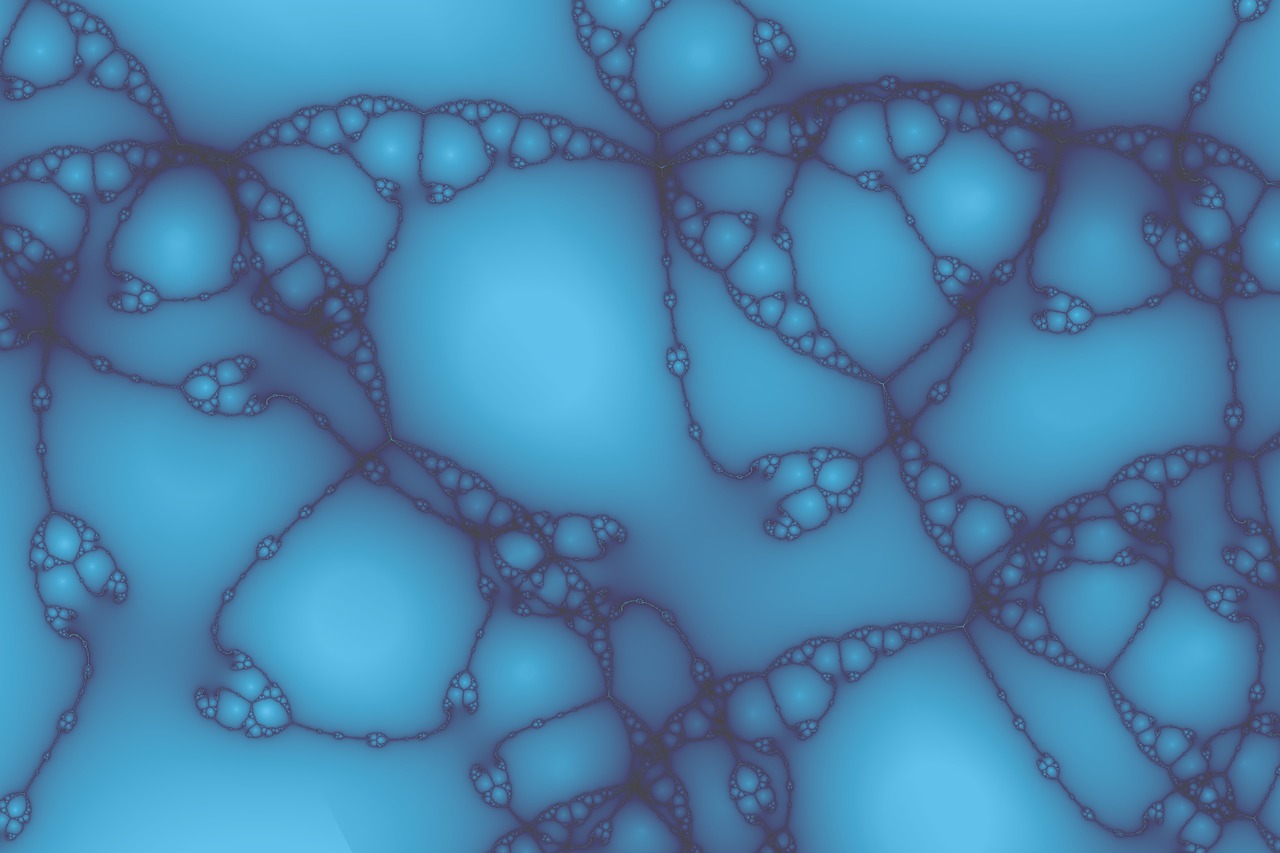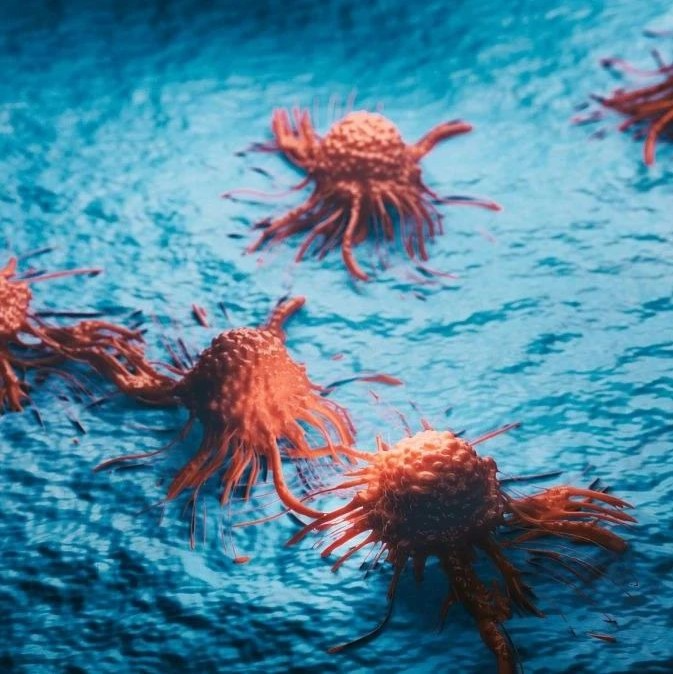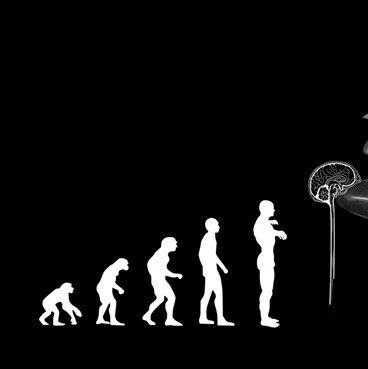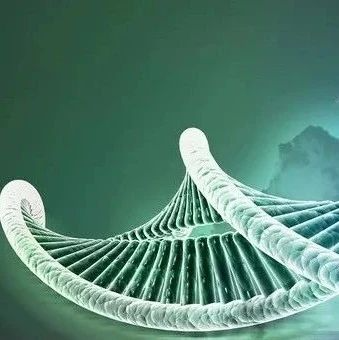专题:Nature报道

耶鲁大学的研究表明压力会产生促使细胞演变成肿瘤的信号。发表于《自然》杂志上的这项研究成果描述了癌症控制人体的一种全新的途径,同时也向科学家们提示了制服这种致命疾病的新方法。
迄今为止,大部分研究者都相信只有当单个细胞内发生一个以上的致癌突变时才能促使肿瘤生长。可是,由遗传学教授兼副主任许田领导的耶鲁研究小组以及霍华德休斯医学研究所 (Howard Hughes Medical Institute) 研究员通过研究证明致癌突变在促进肿瘤的发展时会共同作用,即使当它们存在于同一组织的不同细胞内时也是如此。
“这无疑是个坏消息,因为在某个组织的不同细胞内积累突变要比在同一个细胞内积累突变容易得多,”同时也是耶鲁癌症中心 (Yale Cancer Center) 和位于中国复旦大学内的复旦-耶鲁生物医学研究中心 (Fudan-Yale Center for Biomedical Research) 研究员的许田表示。
耶鲁的研究小组以果蝇为对象,研究了目前已知和人类癌症发展有关的两种基因的活动情况:一种是被称为RAS的基因,它牵涉到30%的癌症;另一种是叫做scribble的抑癌基因,它在发生突变时会促进肿瘤的发展。单独的变异RAS基因和有缺陷的scribble基因都不会导致癌症。许田实验室内的研究员们先前已经证明同一细胞内两种基因的结合即可能诱发恶性肿瘤。
不过,耶鲁的研究小组发现这些突变并不一定要同时存在于同一个细胞内才会导致肿瘤。只存在变异RAS的细胞在其旁边的细胞内存在有缺陷的scribble基因时也可能会发展成恶性肿瘤。他们还发现诸如创伤之类的压力情况也会诱发癌症的形成。例如,当组织内发生创伤时RAS细胞就会演变成肿瘤 。肇事原因就在于两种现象都会导致被称为JNK的信号产生过程,而这一过程会受到环境压力情况的激发。
“有许多不同的情况能够触发压力信号:身体压力、情感压力、感染、炎症等等。这是又一个关于癌症的坏消息”许田补充道。
论文在说明癌症要比人们先前所了解的更容易在人体内发生的同时也确定了在发达世界内预防和治疗这种最致命疾病之一的新目标。耶鲁的研究小组发现 JNK 压力信号会从一个细胞传递到另一个细胞,但是这种传播过程也是能够被阻断的。
推荐原始出处:
Nature advance online publication 13 January 2010 | doi:10.1038/nature08702
Interaction between Ras V12 and scribbled clones induces tumour growth and invasion
Ming Wu1,3, José Carlos Pastor-Pareja1,3 " Tian Xu1,2
1 Howard Hughes Medical Institute, Department of Genetics, Yale University School of Medicine, 295 Congress Avenue, New Haven, Connecticut 06519, USA
2 Fudan-Yale Biomedical Research Center, Institute of Developmental Biology and Molecular Medicine, School of Life Sciences, Fudan University, 220 Han Dan Road, Shanghai 20043, China
3 These authors contributed equally to this work.
Correspondence to: Tian Xu1,2 Correspondence and requests for materials should be addressed to T.X.
Human tumours have a large degree of cellular and genetic heterogeneity1. Complex cell interactions in the tumour and its microenvironment are thought to have an important role in tumorigenesis and cancer progression2. Furthermore, cooperation between oncogenic genetic lesions is required for tumour development3; however, it is not known how cell interactions contribute to oncogenic cooperation. The genetic techniques available in the fruitfly Drosophila melanogaster allow analysis of the behaviour of cells with distinct mutations4, making this the ideal model organism with which to study cell interactions and oncogenic cooperation. In Drosophila eye-antennal discs, cooperation between the oncogenic protein Ras V12 (ref. 5) and loss-of-function mutations in the conserved tumour suppressor scribbled (scrib)6, 7 gives rise to metastatic tumours that display many characteristics observed in human cancers8, 9, 10, 11. Here we show that clones of cells bearing different mutations can cooperate to promote tumour growth and invasion in Drosophila. We found that the Ras V12 and scrib- mutations can also cause tumours when they affect different adjacent epithelial cells. We show that this interaction between Ras V12 and scrib- clones involves JNK signalling propagation and JNK-induced upregulation of JAK/STAT-activating cytokines, a compensatory growth mechanism for tissue homeostasis. The development of Ras V12 tumours can also be triggered by tissue damage, a stress condition that activates JNK signalling. Given the conservation of the pathways examined here, similar cooperative mechanisms could have a role in the development of human cancers.







